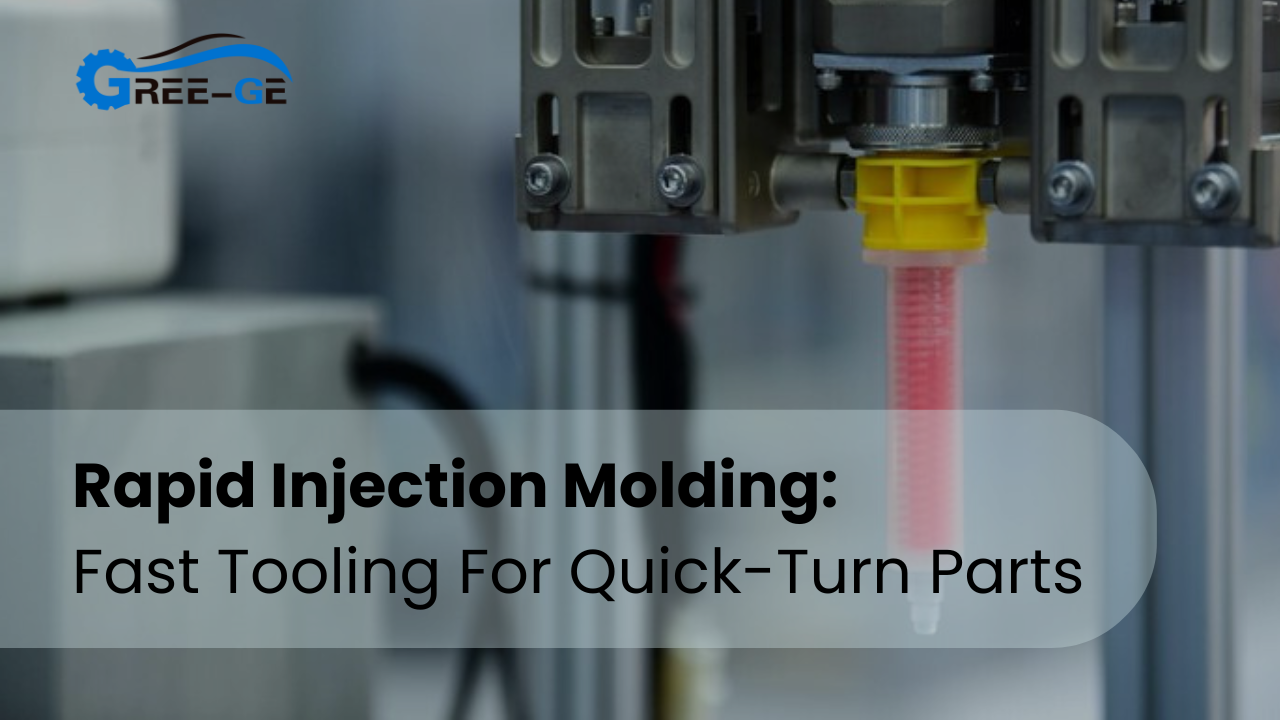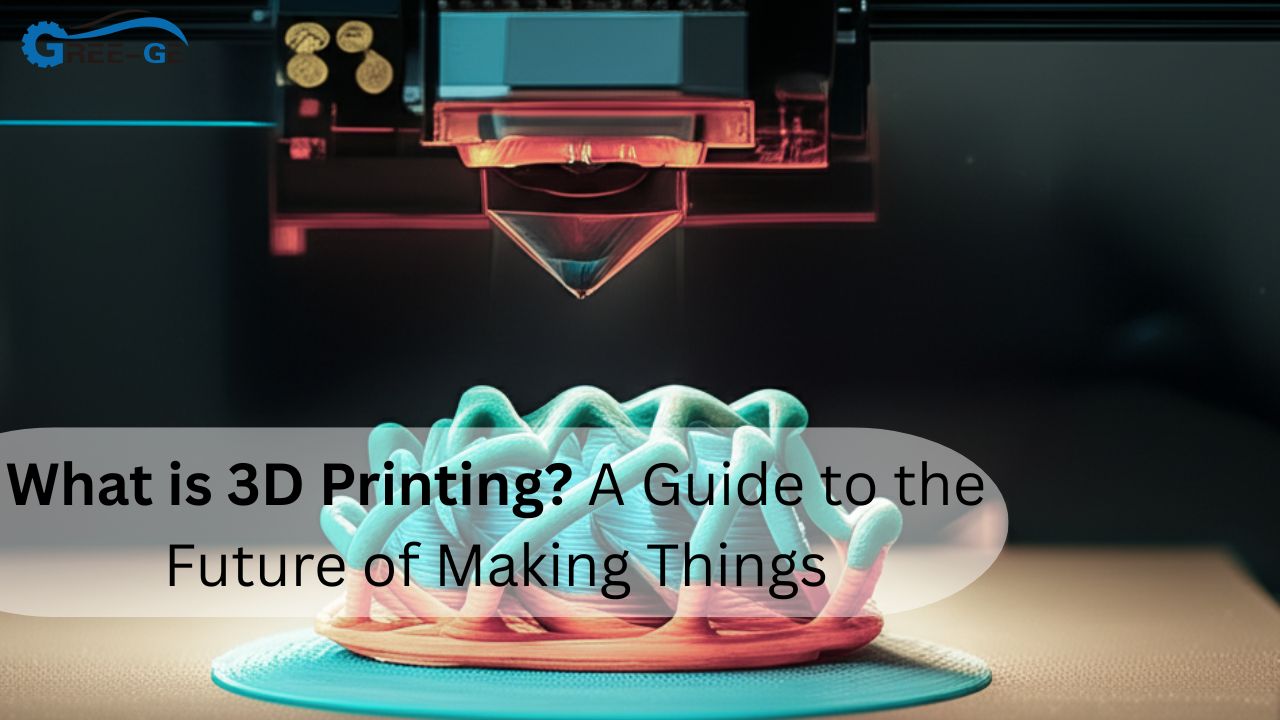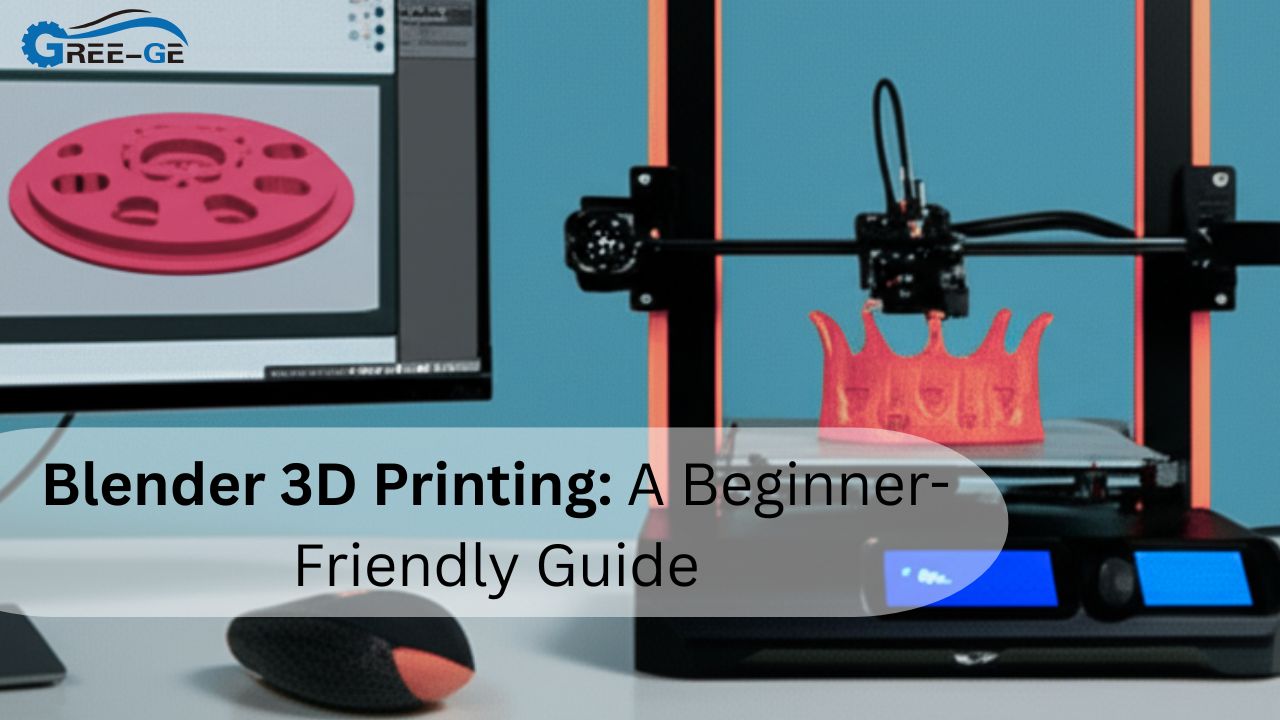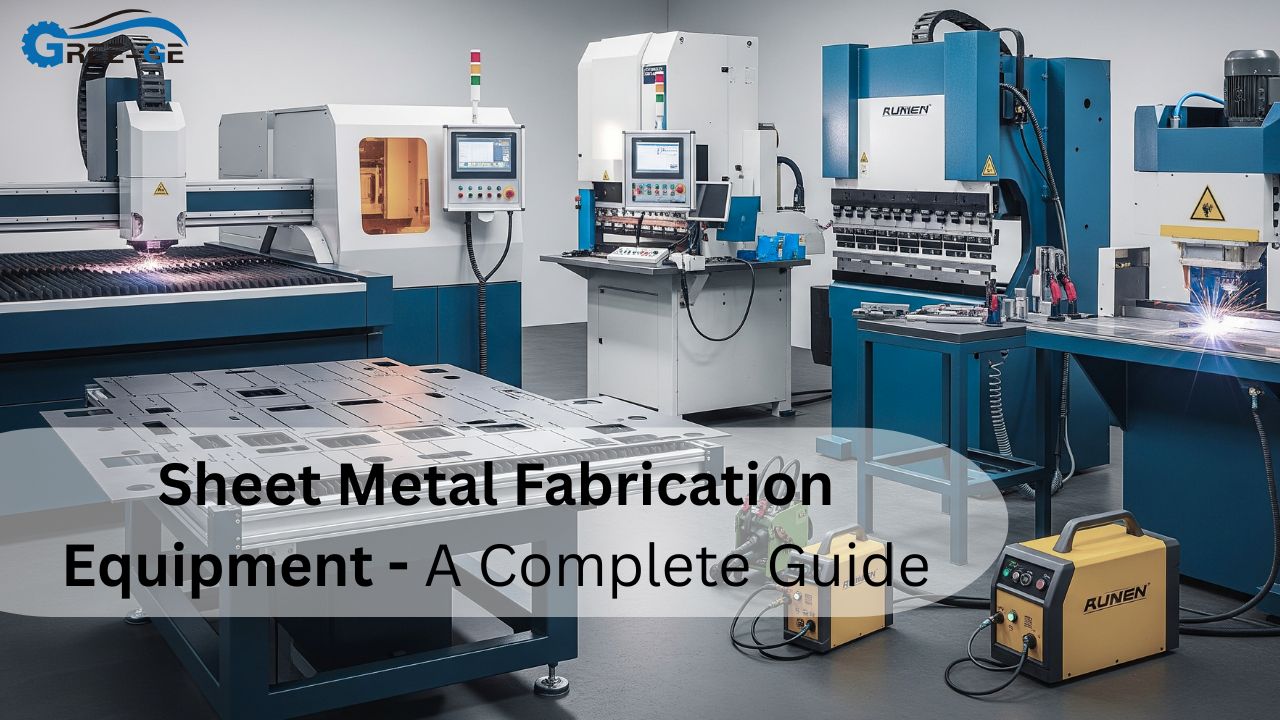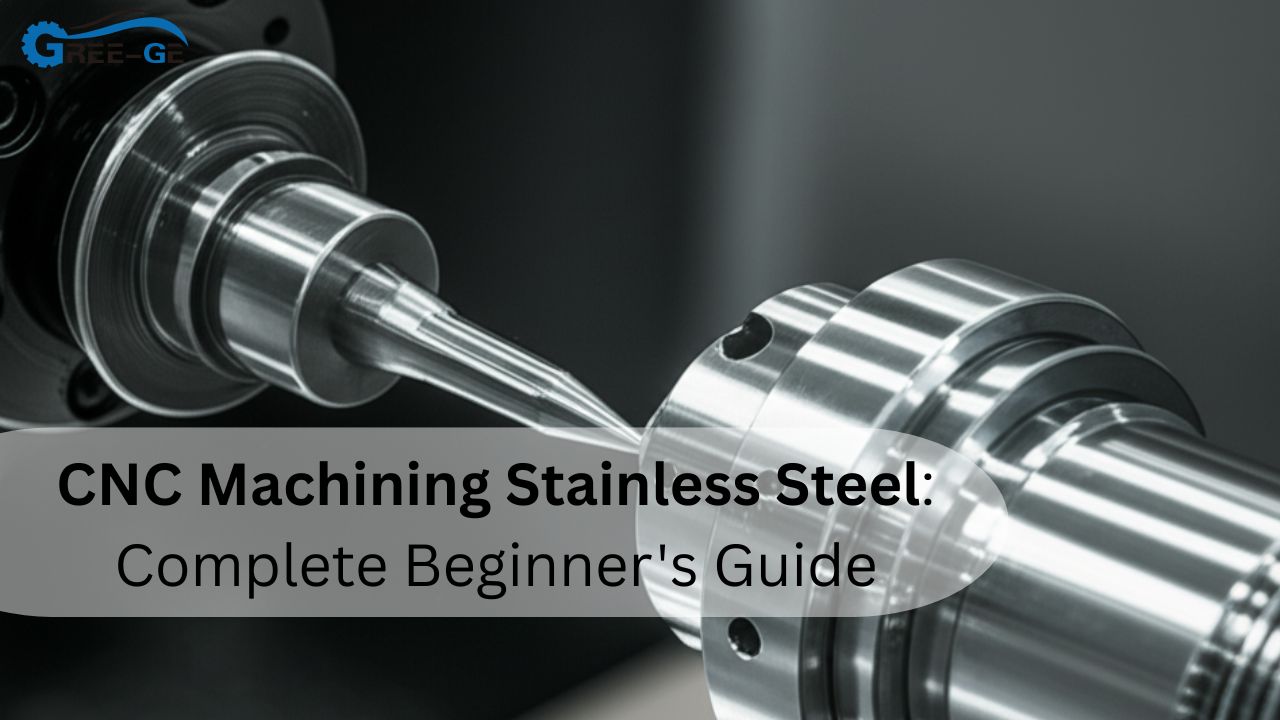Racing against a demo date that’s blinking red on the calendar? Nothing stalls momentum harder than waiting months for plastic bits to show up. Rapid injection molding flips that old story on its head by serving up real parts in days, so engineers keep building, investors keep smiling, and customers see progress instead of promises.
The short answer: pick aluminum or hybrid molds, keep walls even, set clear quality goals, and partner with a shop built for speed. Those four moves chop lead time, shrink Plastic Injection Molding Costs, and still give you high quality injection molding every batch.
Below, we’ll unpack each step, highlight fresh injection molding industry trends, and hand you a worry-free roadmap from CAD to shipment.
Rapid Injection Molding: Why Fast Tooling Wins
Getting to market first often decides who survives the shelf war. Rapid injection molding trims design loops from quarters to weeks by swapping hardened steel for aluminum, streamlining gate layouts, and using quick-change mold bases that drop straight into standard presses. The payoff isn’t just time; early physical parts uncover ergonomic issues photos never show, pulling expensive re-cuts forward while they’re still cheap fixes.
Designing For The Clock
Smooth transitions, uniform walls, and a healthy 1° draft mean machinists skip costly EDM work and presses eject parts without drama. Each tidy surface shaves minutes per cycle and hours per week—exactly what the schedule doctor ordered.
Picking The Right Tool Material
Aluminum absorbs and releases heat nearly ten times faster than steel. That thermal superpower lets small Plastic Injection Molding Machines run cooler, cut cycle times, and hit first-article approval before your coffee refill.
Balancing Cavity Count And Cost
One cavity equals one part per shot—perfect for prototypes injection molding. Four cavities quadruple output but fatten the tool bill. Fast tooling shines when you size the mold to meet only your immediate need, then invest in more cavities once the market votes yes.
Material Matters: Choosing Polymers Fast
Selecting resin early is the silent hero of every quick-turn program. Polypropylene keeps hinges lively, ABS paints like a dream, and TPU cushions your phone if gravity wins. But hurry—some specialty grades hide on back-order.
Step one is listing the stresses your part faces: heat, UV, flex, chemicals, or toddler teeth. Step two matches those threats to polymer perks—polycarbonate for impact, nylon 6/6 for wear, or bioplastics for earth-friendly vibes. Finally, check melt flow index and shrinkage so your shiny CAD dims stay real-world friendly. Skip this homework and you’ll watch parts warp like banana peels, killing both time and morale.
Info: FDA-grade resins often need longer lead times—order pellets as soon as the mold design locks.
Cost Breakdown: Paying For Speed
Sticker shock happens when people compare rapid tooling to production steel without context. In fast programs, the tool often eats around 60 % of the budget, while press time and finishing share the rest. What you save is calendar, not necessarily pennies per piece, until volumes climb.
| Cost Driver | Rapid Tooling | Conventional Tooling |
|---|---|---|
| Tool Material | Aluminum | Hardened Steel |
| Typical Lead Time | 10 days | 8–12 weeks |
| Tool Life | 5 k–50 k shots | 100 k+ shots |
| Average Tool Cost | $3k–$15k | $20k–$100k |
Press time also shifts. Shorter cycles lighten electricity bills, but small batch runs can push setup costs over each part. Add finishing—texture, paint, inserts—and you have the full price pie.
Quick Tip: Ask for a cost-per-part forecast at 1k, 5k, and 20k pieces to choose the exact point where rapid meets economy.
Quality Checks On A Tight Schedule
Speed is useless if parts arrive bent, brittle, or off-color. Shops obsessed with high quality injection molding squeeze rigorous tests into the clock. First-article inspections happen right at the press, using digital calipers, handheld CMM probes, and vision systems that flag suspect cavities before a pallet fills.
Next comes short design-of-experiments runs—five cycles each at high, mid, and low temps—to find the sweet spot where shrink and gloss both behave. Finally, sensors jammed into the mold face read cavity pressure in real time, nudging machine parameters on the fly. The result is production-level stability, even though the clock is sprinting.
Fact: Cutting cycle time too aggressively raises shear and melt temps—watch gloss; it’s the canary for impending burn marks.
Tooling Technology: Machines That Make It Happen
Yesterday’s hydraulic presses roar like jet engines and gulp electricity. Modern servo-driven Plastic Injection Molding Machines whisper, sip, and hit positional accuracy within microns. Their closed-loop controls pair nicely with aluminum molds because they modulate clamp force, sparing soft cavities from premature wear.
Look for presses offering scientific molding templates—pre-programmed phases that ramp screw speed, switchover pressure, and hold time with dull-proof repeatability. Pair that hardware with a mold base sporting interchangeable insert pockets and you can cut a brand-new cavity over lunch, drop it in, and resume shooting before the UPS driver returns.
Suggestion: Request a live video tour of the press floor. Clean aisles and labeled tooling racks reveal process hygiene better than any sales deck.
Design Iteration: Fail Fast, Learn Faster
Hardware teams envy software sprints—until they discover rapid injection molding loops. Imagine adjusting a rib on Monday, shooting parts on Wednesday, and running drop tests by the weekend. Each cycle teaches something tangible: wall flex, snap fit retention, or even packaging quirks.
Still, each tweak costs. Revision letters creep from A to G in a blink, and if you lose track, you might ship Gen-A parts in a Gen-G box. Keep a living BOM, lock obsolete CAD files, and update mold inserts in sync with drawings. Done right, iteration becomes a slingshot, not a money pit.
Danger: Track revision numbers ruthlessly—mixing old and new parts can doom an entire assembly run.
Scaling From Prototype To Low Volume
When orders swell past 10 k units, aluminum cavities begin wheezing. Tool faces polish smooth, gates erode, and flash sneaks in. That’s your cue to graduate. Semi-hardened P20 steel cores swap in without scrapping the base, while beryllium-copper insert molding technologies handle hot spots in glass-filled resins.
The trick is planning the jump before the first chip flies. A “steel-ready” mold base has cooling channels, locating pins, and ejector layouts sized for future cavities. This forward thinking, now entrenched in injection molding industry trends, lets you scale without halting production or draining budgets.
Warnings: Skipping a steel-ready plan can strand you between tooling worlds—budget the upgrade path early.
Automation And Industry 4.0 Influence
Cobots pluck sprues, vision cameras grade gate vestiges, and MES dashboards ping your phone when cycle drift exceeds 1 %. These injection molding industry trends iron out human variability and keep small-batch runs profitable at midnight.
Data isn’t just for bragging charts. Shot-by-shot analytics reveal creeping wear before flash shows up. Maintenance schedules shift from calendar-based to need-based, stretching tool life without gambling on unexpected downtime. Even better, you—the customer—get portal access, tracking cavity counts like Fitbit steps.
Sustainability On The Fast Track
Eco-friendly once meant “pay more, wait longer.” Not anymore. Rapid shops now grind runner scrap back into the barrel, use closed-loop chillers that sip 20 % less water, and keep carbon tallies beside quoting spreadsheets. Biopolymers such as PLA and sugarcane-based HDPE join the resin list, giving marketing teams a green badge without derailing timelines.
Carbon-aware route planning also picks presses by efficiency, not mere availability, dovetailing with broader injection molding industry trends toward transparent footprint reporting. Ask for that data—it’s usually one click away and gold for sustainability reports.
Part Finishing And Geofencing Without The Slowdown
Surface texture and shipping miles look minor until they nuke a schedule. Vapor polishing needs special booths; PVD coatings need oven slots. Book those slots while the mold is still in CAM, or your seven-day promise balloons to fourteen.
Now layer logistics. A 25-pound mold that hops oceans racks up customs delays, currency surprises, and zero margin for last-minute tweaks. Keeping your rapid injection molding partner within driving distance slashes risk and fuel emissions at once. That geofenced approach dovetails straight into high quality injection molding because you can pop over for sample runs, texture approvals, and even a celebratory donut run after first shot.
Info: Local finishing vendors often swap small favors—like color tweaks—faster than global giants ever quote them.
Conclusion
To wrap it up, rapid injection molding spins the product-development flywheel by blending aluminum or hybrid tooling, disciplined design, data-driven presses, and eagle-eyed quality checks. Keep an eye on Plastic Injection Molding Costs, ride emerging injection molding industry trends, trust energy-smart Plastic Injection Molding Machines, and never compromise on high quality injection molding. Master those levers and you’ll clutch production-ready parts in days instead of seasons—staking your claim at the front of every launch queue.
FAQs
How many shots can an aluminum rapid tool handle?
Most survive 5 k–50 k cycles, depending on resin abrasiveness and gate wear.
Can I mold glass-filled nylon rapidly?
Yes, but expect lower tool life; glass fibers chew aluminum faster than unfilled resins.
What draft angle works best for quick-turn parts?
Aim for at least 1°. More is merrier—draft speeds ejection and protects soft walls.
Is rapid molding only for prototypes?
No. Bridge production and low-volume medical parts rely on it, especially under 20k units.
How soon should I order colorant?
Right after the first DFM call. Specialty pigments can out-lead-time the mold if you’re not careful.
